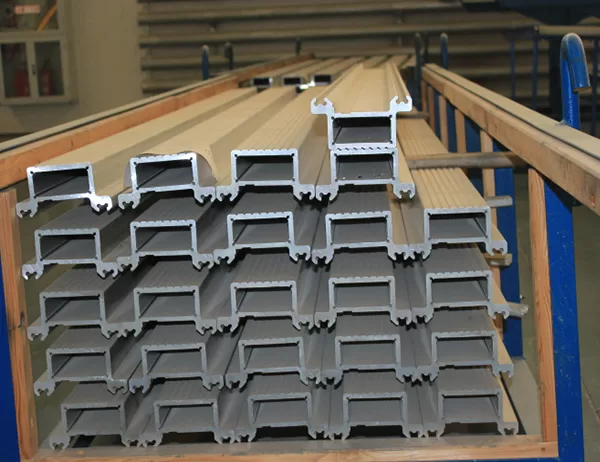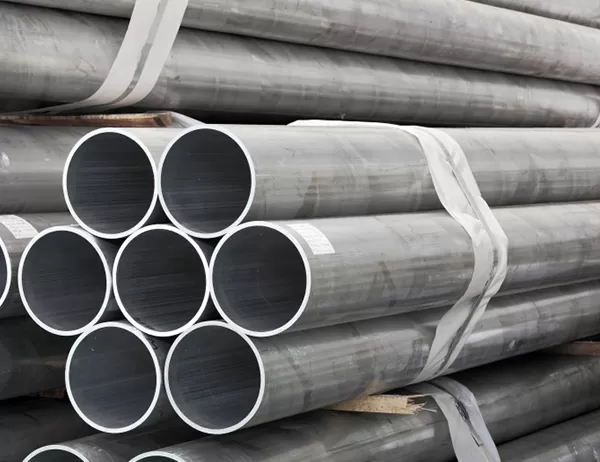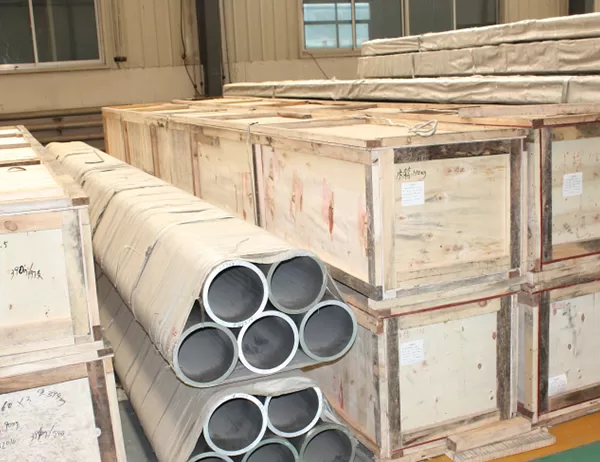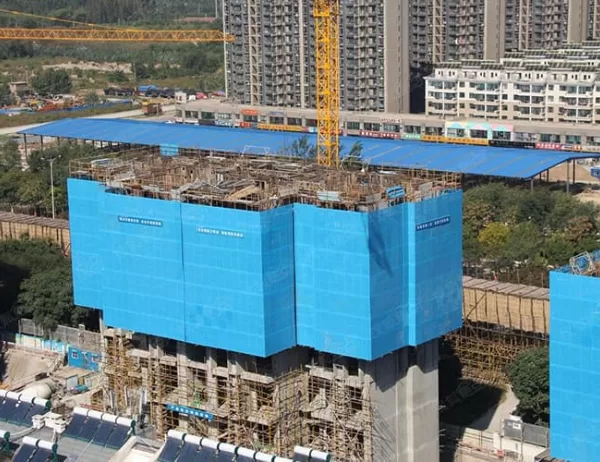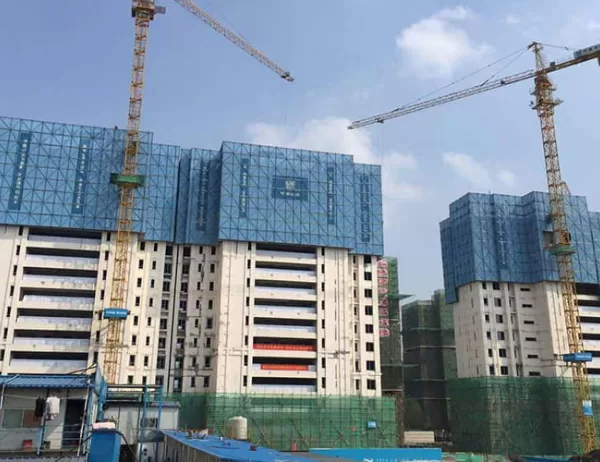Rising Energy Costs
Industrial aluminum profile manufacturing is an energy-intensive process, requiring significant electricity for extrusion, anodizing, and other operations. The soaring prices of electricity and natural gas have imposed considerable financial burdens on manufacturers, leading to increased production costs and reduced profit margins.
Raw Material Fluctuations
Aluminum, the primary raw material in profile manufacturing, is subject to volatile market conditions. Price fluctuations due to factors such as global demand, supply chain disruptions, and geopolitical events can significantly impact manufacturers’ profitability. Additionally, the shortage of high-quality scrap aluminum has further exacerbated raw material constraints and driven up costs.
Intensifying Competition
The global aluminum profile market is highly competitive, with manufacturers from various countries vying for market share. Manufacturers face pressure to offer competitive prices while maintaining product quality to attract and retain customers. The advent of e-commerce and digital platforms has also empowered customers to compare prices and specifications, leading to increased price sensitivity.
Labor Shortages
The aluminum profile industry requires skilled labor for various manufacturing processes. However, the shortage of skilled workers and the rising labor costs have become significant challenges for manufacturers. The shortage has led to delays in production, increased training costs, and reduced overall efficiency.
Environmental Regulations
Environmental regulations aim to reduce the industry’s impact on the environment. While manufacturers support sustainable practices, implementing environmentally friendly technologies and adhering to regulations can incur additional costs. These costs include investments in pollution control equipment, recycling programs, and waste management systems.
Technological Advancements
Technological advancements, such as automation and advanced manufacturing techniques, offer opportunities for improved efficiency and reduced costs. However, adopting new technologies requires substantial investments in equipment, training, and process optimization. Manufacturers must carefully weigh the potential benefits against the upfront costs and the learning curve associated with implementing new technologies.
Conclusion
Industrial aluminum profile manufacturers grapple with numerous challenges, including rising energy costs, raw material fluctuations, intensifying competition, labor shortages, environmental regulations, and the need to adopt technological advancements. Addressing these challenges requires a comprehensive approach involving cost optimization, sustainable practices, workforce development, technological innovation, and strategic partnerships. By overcoming these challenges, manufacturers can enhance their competitiveness, profitability, and long-term sustainability.
